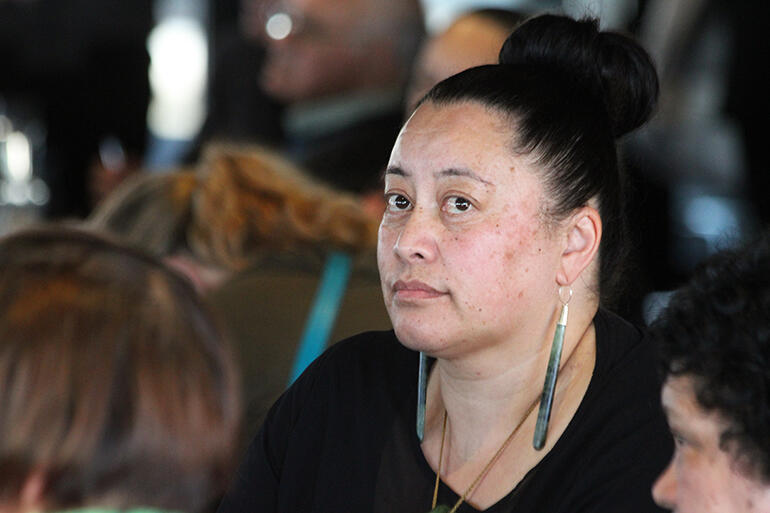
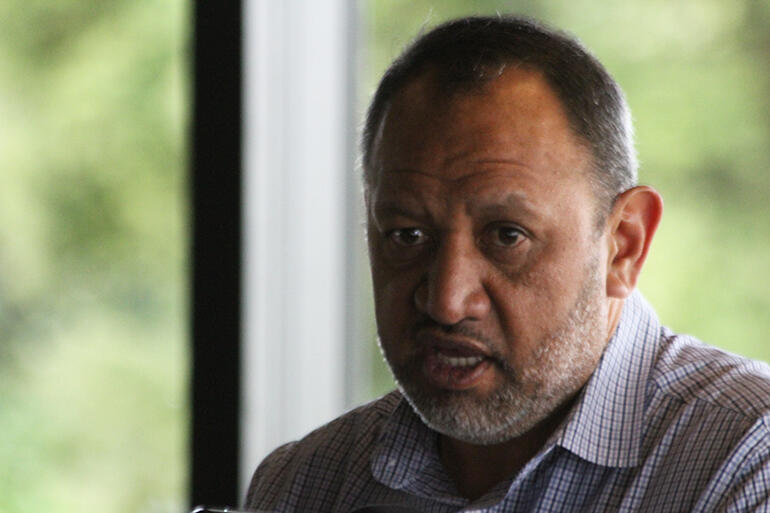
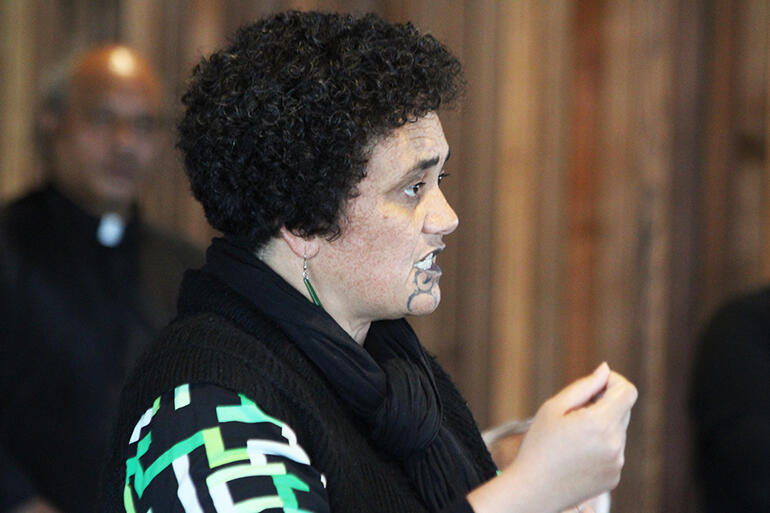
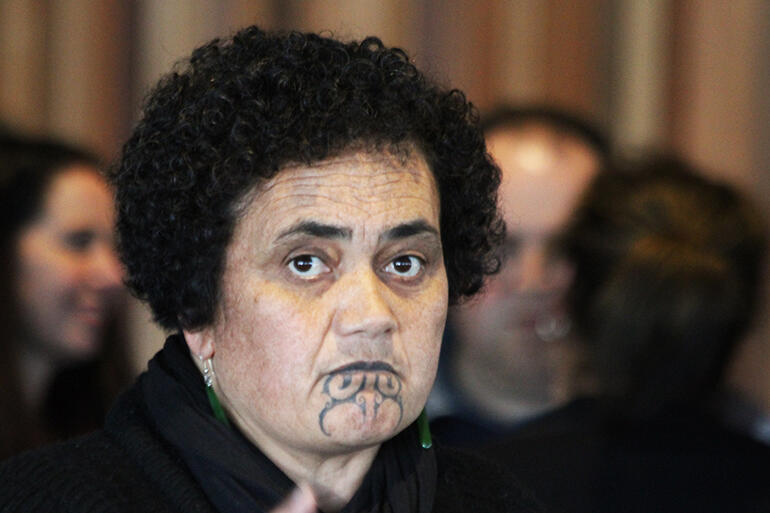
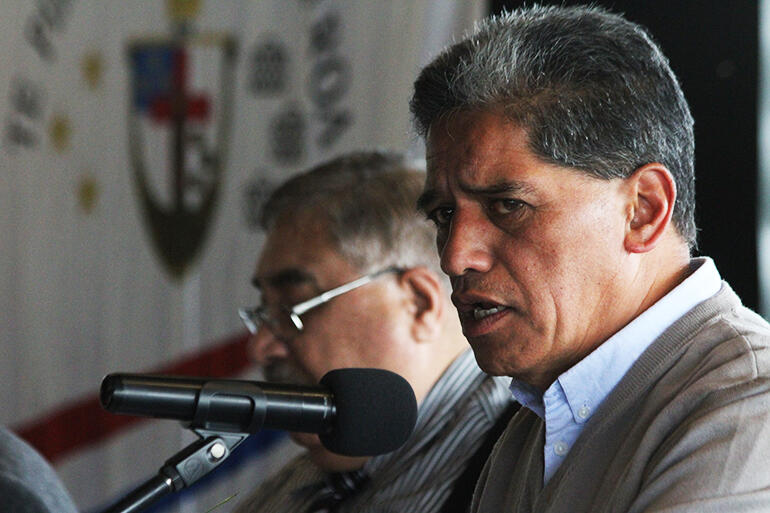
They’re gone – but be in no doubt: the shuttered Anglican Maori Boarding Schools are not forgotten.
Decades after the schools were closed, Te Runanganui heard passionate korero yesterday from old girls of Te Wai Pounamu College, in Christchurch, and Queen Victoria School for Girls in Parnell, each one lamenting the manner in which those places of learning were closed – and urging that action be taken to put that right.
In the case of Te Wai Pounamu Maori Girls’ College that action was taken on Saturday, with Te Runanganui passing a resolution acknowledging and apologising on behalf of Te Pihopatanga o Aotearoa[1] “for the manner in which the college was closed in 1990.”
The mover of that resolution, Ms Susan Wallace, spoke of the scars that many of the old girls still carry 27 years after their college was closed – or “ripped away” from underneath them, as she put it.
And Ms Wallace, who is herself a former Head Girl of the college, spoke of how, at a reunion held just last month, old girls of the college – who had come from all over New Zealand and Australia – had begun a haerenga,or journey of healing for the pain and loss they felt over the college’s sudden closure.
“To describe our haerenga as cathartic is an understatement,” said Susan. “It will heal the wound caused when our girls were ripped away from the college without explanation. And help the old girls who were never able to reconcile the financial excuse given for the closure.”
She spoke also of the influence of the “mothers, grandmothers and great grandmothers” whose lives had been shaped by the school – and whose “relationship with this hahi” had been damaged, or severed, when the school was suddenly shut.
#
That mamae surfaced, too, during the presentation of the report of The St Stephen’s and Queen Victoria Schools’ Trust Board by the Chair of that trust, Mr Bernard Te Paa.
Ms Jacqui Chesley-Ingle sought clarity about the process for appointing and replacing trustees on that board – in particular, about the say that old boys and old girl and Te Runanganui have in who gets to be on that board.
The General Synod has the final word on that – but the trust board itself recommends who those trustees should be and, as Ms Mere Mangu put it, “the danger I see is that there could be nepotism coming into these appointments.”
At which point, Jacqui Chesley-Ingle, who leads the Kahui Wikitoria old girls’ association, expressed her frustration that the Trust Board had not given “a clear, definite commitment… that a school will be reopened”.
She said that Queen Victoria had had a role of 150 girls. In the 16 years since the school was closed in 2001, therefore, hundreds of young Maori women, most of whom would themselves have since become mothers of the next generation, had missed out on a tuturu Anglican Maori education.
“That is a huge price to pay for our hahi,” she said.
Those two shuttered Auckland schools, she said, “do not have Maori women, or Maori men, walking through those corridors, on that papawhenua, in those hostels, being raised as future Christian leaders for our hahi.”
For his part, Bernard Te Paa said that it was fair that his trust board be regularly challenged by old girls and old boys about the reopening of a school.
But since the 2001 closures, he said, past and present trustees have brought the trust back from the brink of financial catastrophe, and untangled a multitude of other issues.
The trust’s capital has grown to $61 million since 2001, and the trust board distributed $194,000 last year in scholarships to 30 rangatahi.
But Bernard said the board’s calculations revealed that they’d need $111 million to open and establish one partially self-funding school.
So two new schools just wasn’t an option, he said.
But he hoped that one new school could be opened “in the next five years. That’s as much of a commitment that the chair of this trust board can make now.”
But he guaranteed that as soon as he could make a firmer commitment, he would do so publicly.
Bernard said the closure of St Stephen’s had touched his own whanau.
His grandfather had been a Te Aute old boy, and both his dad and Bernard himself were St Stephen’s old boys.
“So it was very disheartening,” he said, “for me not to send my three sons to my school.
“I had to ship them off to a Catholic school in Fielding.
“For 12 years, I made a point of driving my sons down to Hato Paora at the start of every term.
“And every time we drove past St Stephens the boys would say to me: ‘If your school was open, Dad, we’d only be driving here, wouldn’t we?”
#
There was good news on the Te Aute and Hukarere front.
One of the conditions of the $15 million rescue package provided by the St Johns College Trust Board in December 2013 was that the existing Te Aute Trust Board members had to step down.
They were replaced, in toto, by the members of the St Johns College Trust Board – who, for the past three and a half years, have worn two hats, as common trustees of both the SJCTB and a newly constituted TATB.
The 2017 TATB report to Te Runanganui says that “many of the longstanding issues that have plagued the TATB” have now been resolved.
So the TATB has retired two of the St John’s College Trust Board ‘common’ members – the two Diocese of Polynesia members, Ms Mele Tailai, and Mr Joe Halapua – and replaced them with two ‘independent’ trustees, Bishop Don Tamihere, and Rev Numia Tomoana.
That move, in effect, is a partial fulfilment of a pledge made in December 2013 to return sovereignty of the Te Aute Trust Board to Tikanga Maori as and when conditions allow.
These common trustees remain in office: Stephen Jacobi, Maui Tangohau, and Archbishop Philip Richardson. They are now joined by Bishop Don and Rev Numia.
Footnote:
[1] Te Wai Pounamu College had been handed over to Te Pihopatanga shortly before it was closed.






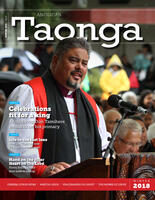
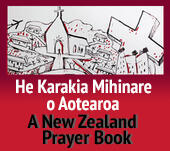




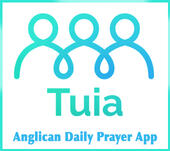




Comments
Log in or create a user account to comment.